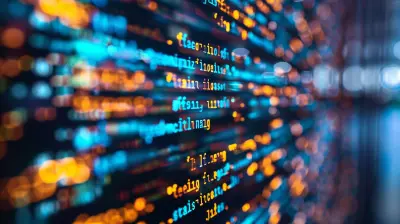AI-Driven Robots: Machines That Learn and Adapt
9 July 2025
Let's face it—robots aren't just part of some far-off sci-fi future anymore. They're here, right now, making coffee, assembling cars, cleaning living rooms, and even assisting in surgeries. But here's the kicker: they’re no longer just following rigid programming. Thanks to artificial intelligence (AI), we now have robots that learn, grow, and adapt on the fly. Pretty wild, right?
In this article, we’re diving deep into how AI is powering the next generation of robots—moving them from simple machines to smart systems that can understand, react, and even predict. Buckle up. It's going to be a thought-provoking ride into the world of AI-driven robots.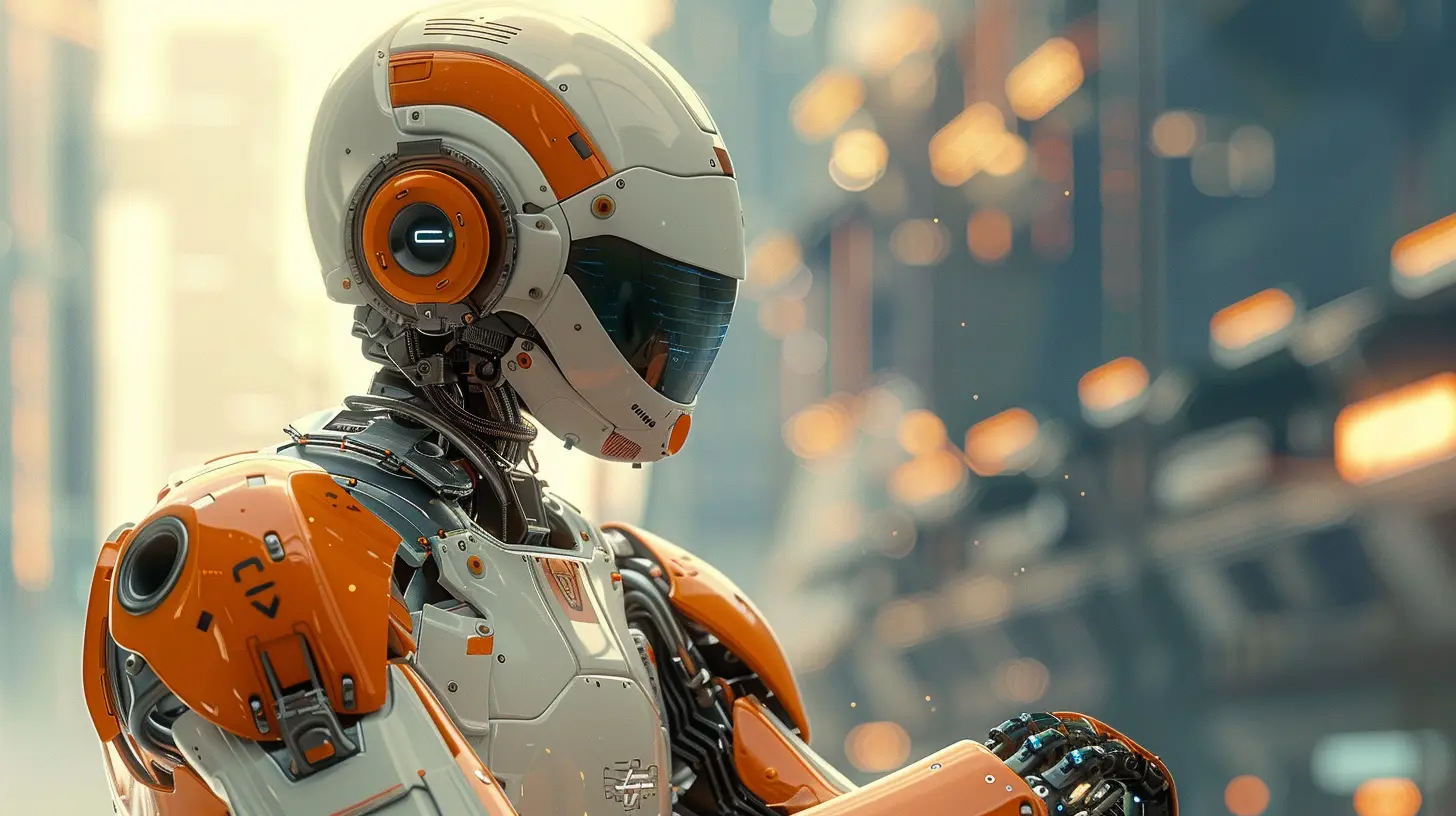
What Are AI-Driven Robots?
Before we jump into the juicy details, let’s get the basics out of the way.AI-driven robots are machines that combine robotics and artificial intelligence. Unlike traditional robots, which operate based on strict sets of pre-programmed instructions, these smart bots can make decisions, learn from experience, and adapt to their environments—kind of like toddlers who never stop learning.
Imagine a vacuum that doesn’t just bump around your furniture but remembers your living room layout. Or a factory robot that notices a fault in a product and corrects its process automatically. That’s what AI brings to the table.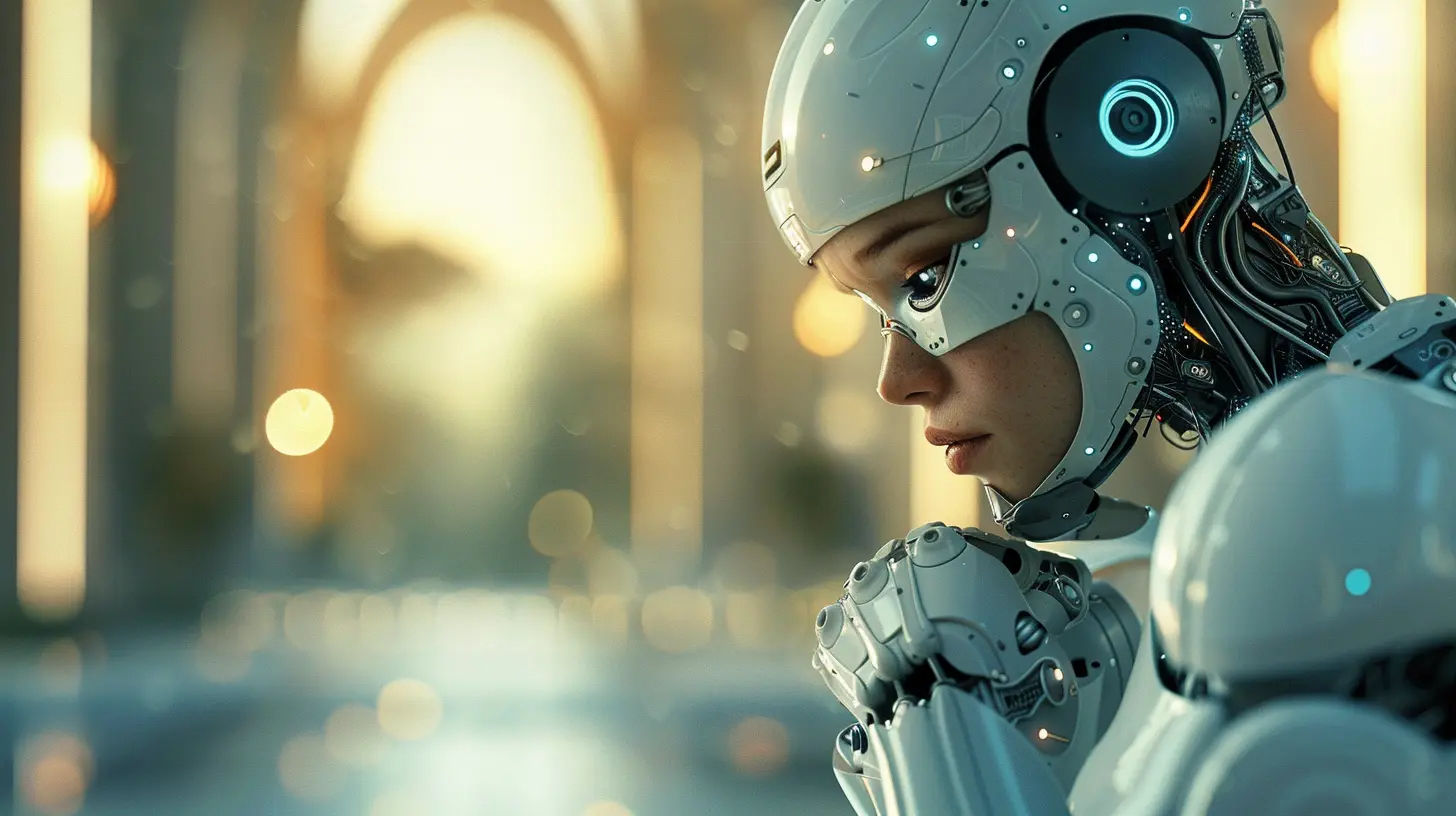
How Do These Robots Learn?
So, how exactly do these mechanical marvels pick up new tricks?1. Machine Learning: The Brain Behind the Bot
At the core of AI-driven robots lies machine learning (ML). It's like their digital brain. ML allows robots to crunch massive amounts of data and identify patterns—just like your brain does when it learns a new skill.Let’s say a robot arm is tasked with sorting fruits. With ML, it doesn’t just learn apples from oranges once. It keeps tweaking and improving its ability to sort more accurately over time. The more it sees, the smarter it gets.
2. Reinforcement Learning: Trial and Error, Robot Style
Ever played a video game where you kept dying until you finally figured it out? That’s pretty much how reinforcement learning works.Robots try different actions in a given environment and receive feedback—positive for success, negative for failure. Over time, they fine-tune their actions to maximize the rewards. It's like teaching your dog tricks, but instead of treats, it's tiny data rewards.
3. Neural Networks: Mimicking the Human Brain
This is where things get a bit mind-blowing. Robots can use neural networks, which are computational models inspired by the human brain, to make decisions and solve problems.These networks allow robots to recognize speech, identify objects, interpret images, and even understand human emotions. It’s like giving them a mini brain with infinite patience and zero sleep requirements.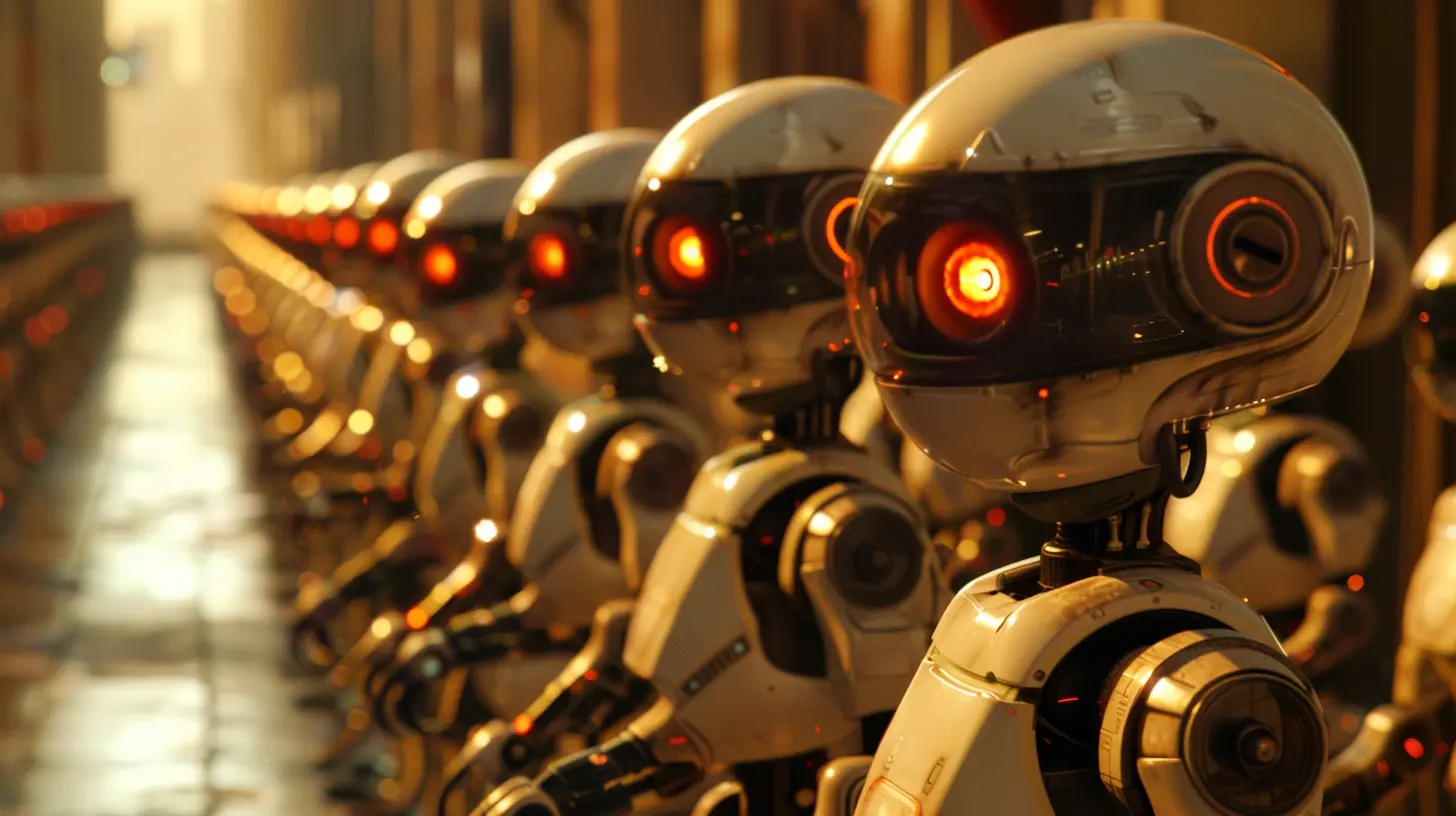
Real-Life Applications of AI-Driven Robots
Alright, enough theory—let’s talk about real-world examples. You might be surprised where these intelligent machines are already making waves.1. Healthcare Heroes
Robots in hospitals? Yep, and they’re saving lives.AI-driven surgical robots help doctors perform delicate procedures with unprecedented precision. They can analyze tons of medical data in seconds to assist in diagnosing diseases faster and more accurately than ever.
Plus, AI-powered robotic assistants are helping care for the elderly, reminding them to take medication and even providing companionship. Talk about tech with heart.
2. Smarter Manufacturing
Factories are evolving fast, thanks to AI.Robots on assembly lines can now detect issues, predict maintenance needs, and adjust operations in real time. No more downtime due to unexpected breakdowns. These bots are like the ultimate multitaskers—reliable, efficient, and never asking for a coffee break.
3. Home Assistants
From Roombas that map your house to voice-activated helpers like Alexa or Google Assistant, AI-driven robots are making your home smarter.And it’s only getting better. Imagine a robot that knows when you’re stressed, dims the lights, puts on relaxing music, and brews your favorite tea. We're not far from that reality.
4. Agriculture Gets a Boost
Agriculture isn't just tractors and dirt anymore. Smart robots are plowing the fields with precision, identifying pests, and even picking fruits without bruising them.AI lets these bots analyze soil quality, weather data, and crop health—all of which help farmers make better decisions and grow more food sustainably.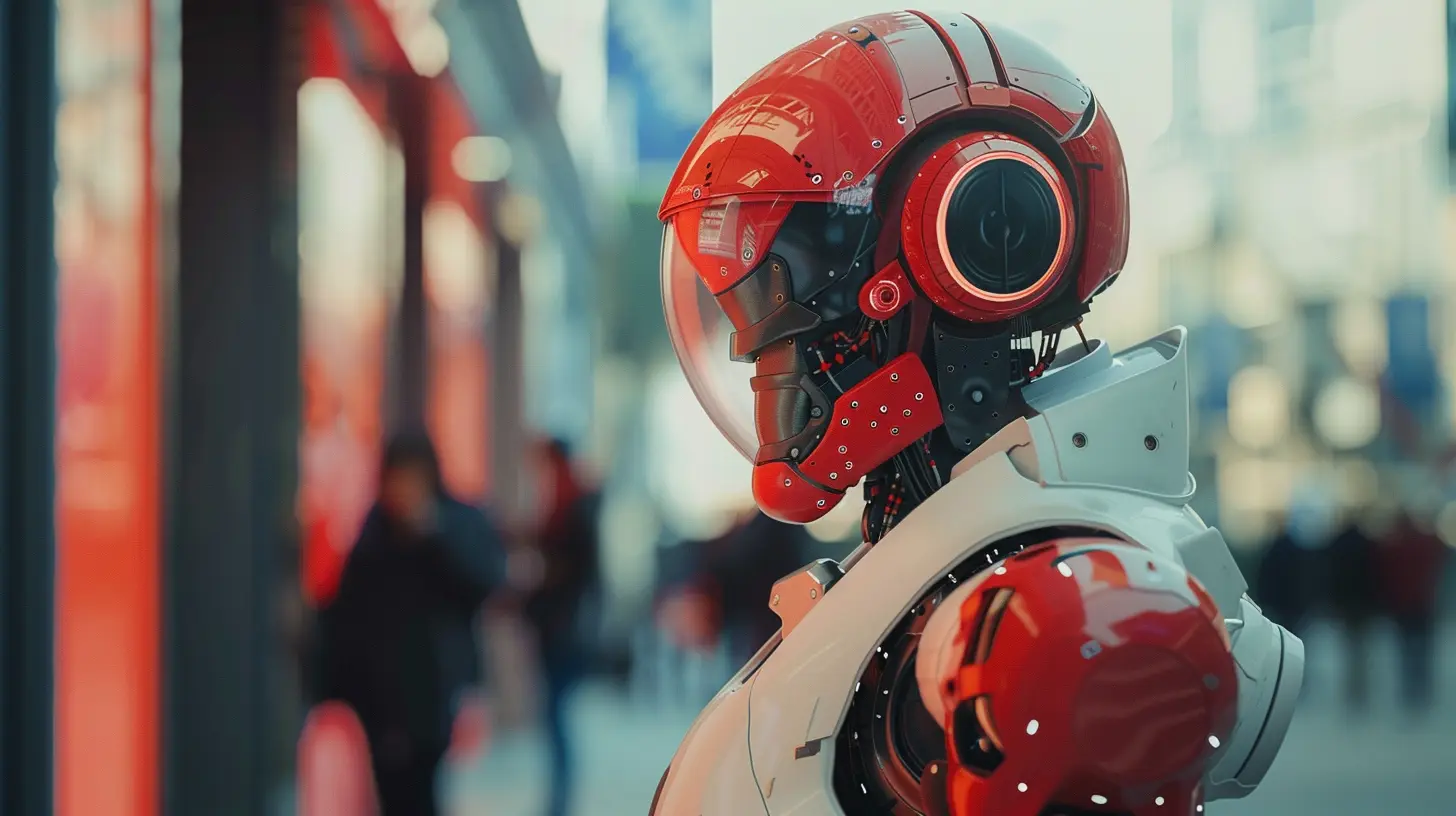
Benefits of Robots That Learn and Adapt
Now that we’ve seen where they’re used, let’s break down why adaptive AI-driven robots are such a big deal.1. Efficiency on Steroids
Once AI takes the wheel, robots become crazy efficient. They don’t get tired, distracted, or sick. They work around the clock without compromising productivity.2. Cost Reduction
Yes, the upfront cost can be high, but long-term savings are huge. Fewer errors, less waste, and less downtime mean fewer dollars spent fixing problems.3. Customization and Flexibility
These aren't your one-trick-pony robots. They can adapt to different tasks, environments, and users. Whether it’s a warehouse robot or a robotic chef, versatility is the name of the game.4. Increased Safety
In dangerous environments like mining or disaster response, sending a smart robot instead of a human can save lives. These bots can learn to navigate risky terrain and handle hazardous materials without putting people in harm’s way.Challenges and Concerns
Let’s be real—no technology is all sunshine and rainbows. There are some legitimate worries when it comes to AI-driven robots.1. Job Displacement
This one always tops the list. As robots get smarter, there’s valid concern that they’ll replace human jobs. But here’s the flip side: they also create new roles—robot maintenance, programming, AI ethics, and more.It’s less about robots replacing jobs and more about jobs evolving.
2. Ethical Dilemmas
Should a rescue robot save the most lives or prioritize children? Who’s responsible if an AI robot makes a bad decision?AI in robots raises tough ethical questions that we’re still figuring out. There’s a thin line between helpful and harmful if not managed carefully.
3. Data Privacy
Smart robots collect a lot of data—sometimes a little too much. Your habits, preferences, health data, even voice recordings. Ensuring this info is kept private and secure is absolutely crucial.The Future of AI-Driven Robots
So, where’s all this headed? Honestly, the sky’s the limit.We’re talking about robots that not only understand our world but also interact with us in meaningful ways—teaching kids, assisting the elderly, performing space missions, or becoming teammates in the workplace.
Imagine a world where your personal home robot understands your routines better than your roommate ever did. Or hospitals filled with AI-powered nurses that never lose focus. Wild, right?
The path ahead includes:
- Emotional intelligence in robots
- Fully autonomous delivery & transport bots
- AI-powered companions
- Bio-robot hybrids (yes, that's a thing)
It’s not just about making robots smarter. It’s about making them more human in how they think, react, and interact.
Final Thoughts: Embracing (Not Fearing) the Rise of Smart Robots
You can’t stop progress, and honestly—you shouldn’t want to.Yes, AI-driven robots can seem intimidating. They’re smarter, quicker, and in some ways more capable than us in specific tasks. But they’re tools. Super smart, potentially game-changing tools.
The key is making sure we use this tech responsibly—building it with ethics, caution, and lots of human oversight. When we do that, the benefits far outweigh the risks.
So, instead of worrying about robot overlords, focus on how these machines can enhance human life. They're not here to replace us—they're here to help us become better, safer, and more efficient.
The future isn’t robot vs. human—it’s robot and human, working side by side.
all images in this post were generated using AI tools
Category:
RoboticsAuthor:

Pierre McCord
Discussion
rate this article
2 comments
Dolores Banks
AI-driven robots: the only roommates who won’t steal your snacks but will definitely learn how to vacuum while you binge-watch your favorite shows. Who knew the future would be so tidy and tech-savvy?!
November 16, 2025 at 3:28 PM

Pierre McCord
Absolutely! AI-driven robots are the perfect blend of convenience and companionship, keeping things tidy while you enjoy your downtime. The future looks bright and clutter-free!
Wren McGivern
This article beautifully captures the potential of AI-driven robots to revolutionize industries. Their ability to learn and adapt opens exciting possibilities for innovation and efficiency. The future looks bright with these remarkable advancements in technology!
July 18, 2025 at 3:09 PM

Pierre McCord
Thank you for your thoughtful comment! I'm glad you found the article inspiring; the potential of AI-driven robots truly is transformative for various industries.
